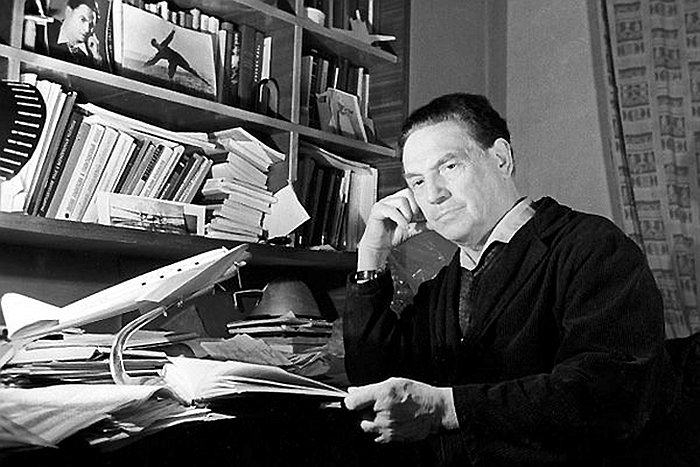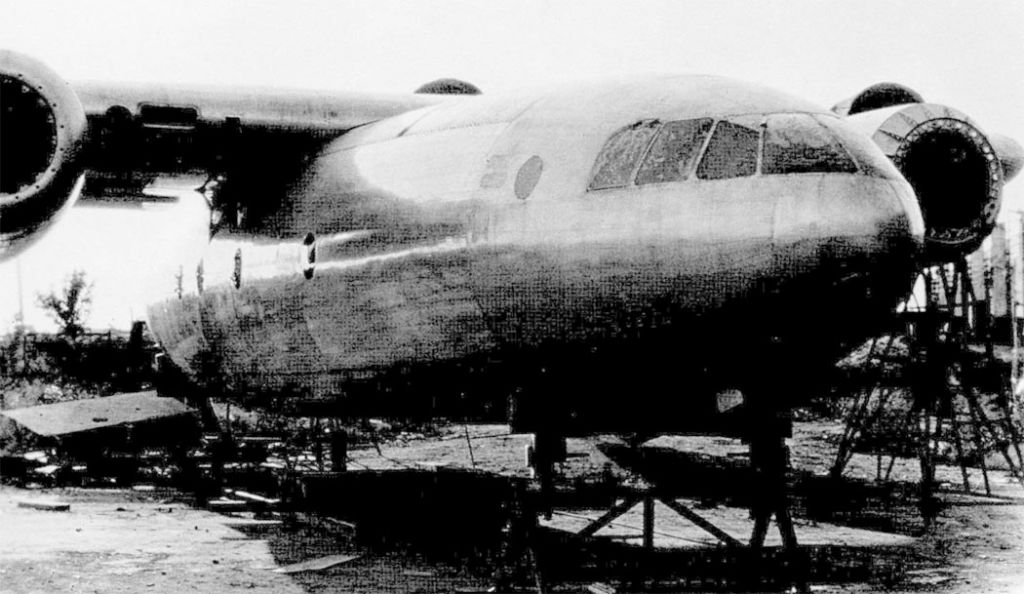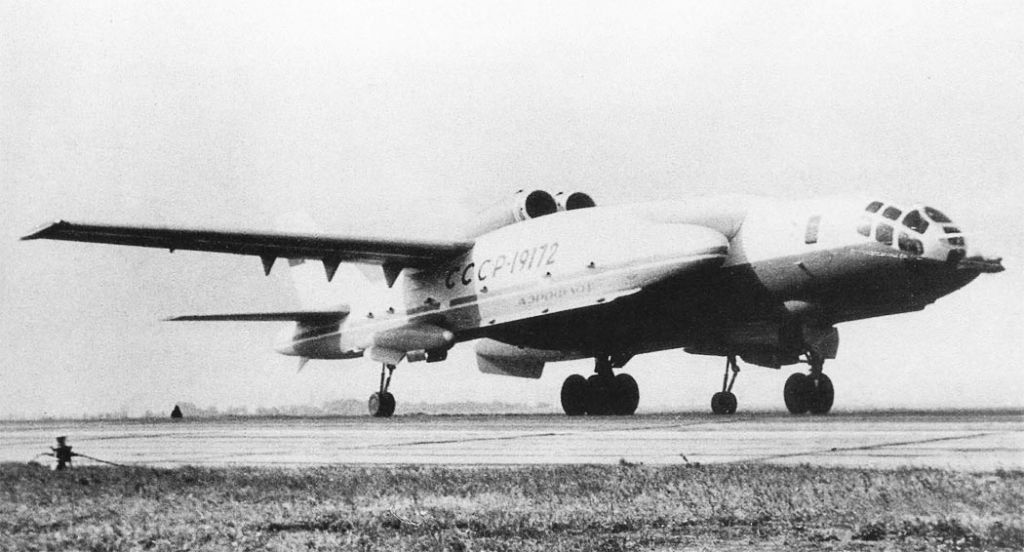
Photo: Section of History of Aeronautics and Space at Vavilov Institute of History of Natural Science and Engineering in St.Petersburg
On May 14, the 126th anniversary of the birth of Robert Ludvigovich Bartini, a Soviet scientist, thinker and aircraft designer of Italian origin, was celebrated. He developed more than 60 aircraft projects, anticipated aircraft engineering trends, and Sergey Korolev himself named him as his teacher. Bartini dedicated a considerable period of life to work as a chief designer of the experimental and design bureau (OKB) at Aircraft Factory No.86 in Taganrog. The incredible life of the aircraft designer and his projects are described below.
“To make red plains fly faster than black ones”
The future aircraft designer was born out of wedlock in 1897 in Austro-Hungarian Empire and was legitimized by the well-to-do Orosdy family several years later. The young baron was well-educated, spoke Italian and Hungarian, and took an interest in aviation in 1912 when he saw a demonstration flight of Russian pilot and world’s air pioneer Khariton Slavorossov.

Despite his noble origin, Orosdy began to work from the lowest job roles at a car factory in Milan and was one of the first members of the newly founded Italian Communist Party. In 1922, he got an external degree at the aviation department of the Polytechnic University of Milan and obtained a pilot's license.
With Mussolini ascending to power, communists were under persecution and the Communist Party secretly sent Orosdy to the Soviet Union where the designer changed his name to Bartini. Here he took an oath to do his best “to make red plains fly faster than black ones” and abode by the oath throughout his life.
Bartini initially worked at Khodynka research and development airport of Air Force in Moscow. Then he became a head of an amphibious experimental aircraft design team - Robert Ludvigovich was involved in this problem for the rest of his life. In 1930, the designer coordinated the preparation for the famous flight of the ТB-1, named "Strana Sovyetov" (Land of the Soviets), to the USA and was awarded a government prize for this work.
A visionary from “sharashka”
Bartinis’s work as a designer started in the 1930s. As his colleagues remembered, he could not design and draw simple aircraft assemblies, but clearly visualized the future aircraft as a whole. In 1932, the Stal-6 high-speed aircraft was developed under his direction and set a world speed record of 420 km/h. Despite the fact that innovative solutions were used in the aircraft design, the plain was never mass-produced.

Stal-7
From 1934 to 1037, Bartini was working on the Stal-7 dual-purpose aircraft with inverted gull wings that also broke a speed record in its class. The Stal-7 was developed into the Yer-2 bomber that was used to bomb Berlin. However, the designer did not see the record set by his pet project – in 1938, he was arrested on preposterous charge of preparing acts of sabotage and being a spy for Mussolini. Bartini received a 10-year imprisonment sentence and was sent to “Tupolev’s sharashka” – TsKB-29, a prison-type secret aircraft design bureau.

T-117
After movement to Omsk during World War II, he started to design variable sweep aircraft with design speed 2200 km/h. Fighters were able to achieve such speed only by the late 1950s.
The world’s first wide-body passenger and cargo transport aircraft – T-117 – was the designer’s next breakthrough project. For the project development, Bartini was sent to Taganrog where he led a team of imprisoned engineers OKB-86 at Dimitrov Aircraft Factory. However, this project was terminated on the order from above. Ten years later, Bartini’s solutions were used as a basis for the An-8 airlifter.
An unappreciated genius of Soviet aviation
Being out of work, Bartini developed the variable sweep wing idea that opened up potential for long-term supersonic flights and was later called as Bartini’s wing. However, this project, whose design was proved in practice with the help of Bartini’s student Sergey Korolev, was also canceled after dismissal of Marshal Zhukov who backed the project.
In the 1960s, when a conflict between the USSR and USA toughened and stake was placed on nuclear warhead submarines, new anti-submarine warfare solutions were required. Bartini suggested an idea to fight enemy’s submarines using an anti-submarine aircraft system based on vertical take-off and landing amphibious aircraft. In 1972, the VVA-14 vertical take-off amphibian made its first flight.

VVA-14
The VVA-14 was Bartini’s first amphibious aircraft that he saw in the sky and at the same time the last aircraft in his career as the aircraft designer. The vertical take-off amphibian project will be closed after Bartini’s death in 1976. In his last will, the Italian baron of Soviet aviation requested to place all his documents, papers and photographs in a sealed lead box and open it at his 300th anniversary in 2197 hoping apparently that at least future generations will appreciate his work.
Bartini was one of those who are often called as men of the Renaissance. Similar to his great fellow-countrymen Leonardo da Vinci and Giordano Bruno, Bartini was a scientific practitioner, philosopher, writer and artist all in one. And he, similarly, took the world as a whole by investigating it comprehensively with profound insight.

